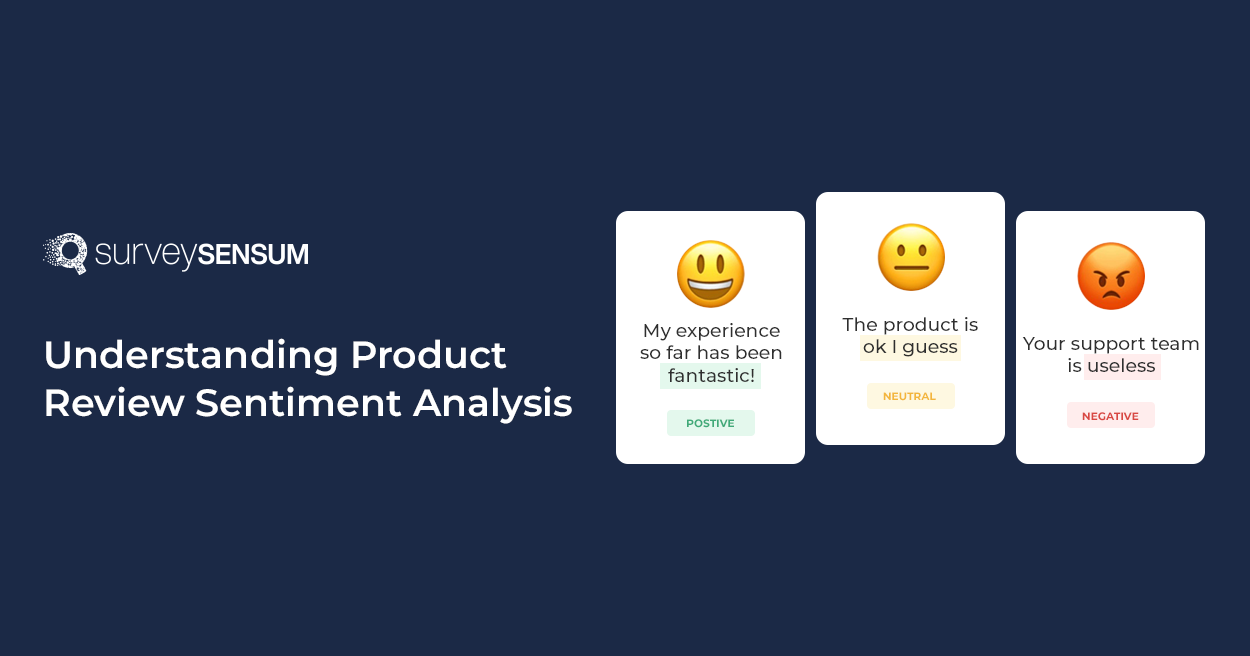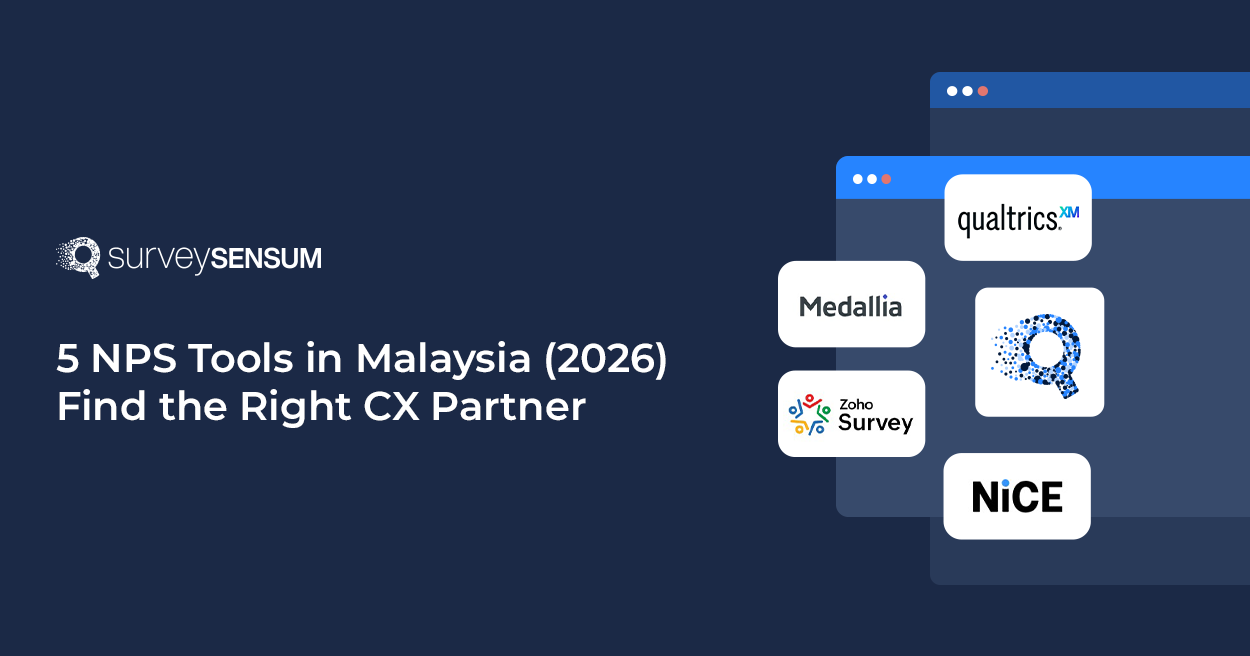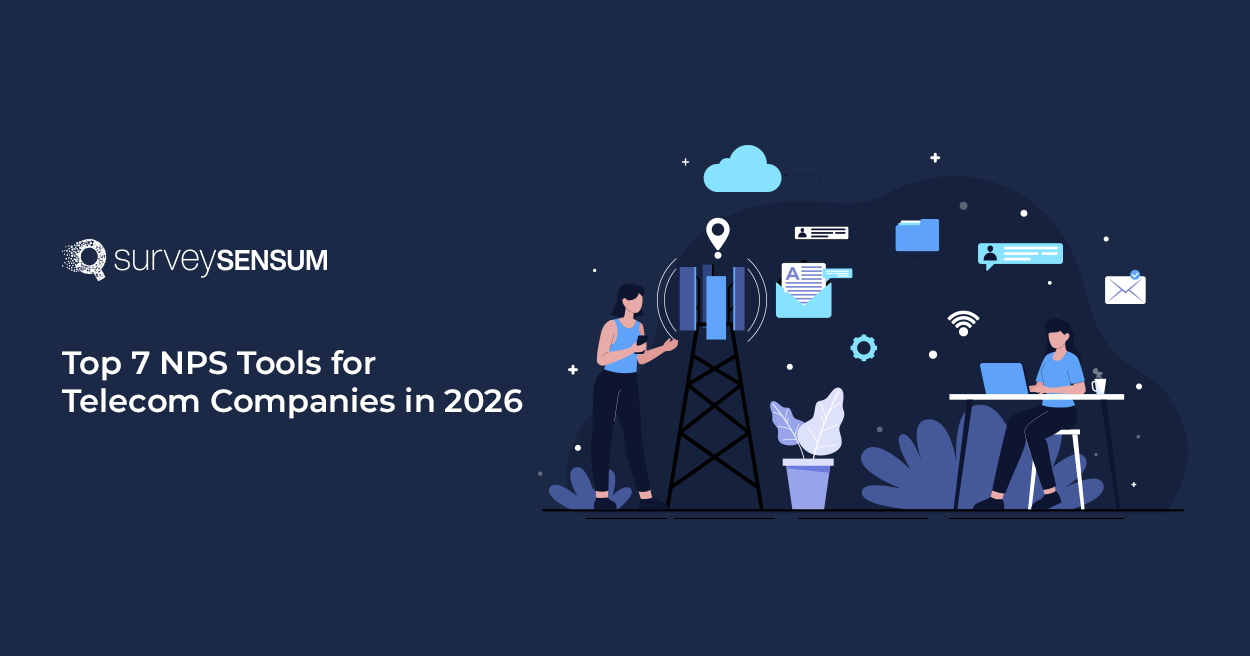

Over 92% of people read reviews before buying a product. On the Google Play Store, App Store, or Google Business listings, you have come across product reviews — some glowing, some grumbling. On their own, they might appear to be noise. Together, though?
They are a treasure trove of raw user emotion, which is precisely what product review sentiment analysis draws from.
It helps you tap into those emotions – at scale.
- When you know what’s broken, you fix it before it costs you.
- When you know how they feel, you build loyalty that no competitor can shake.
Together, let’s unravel the enigma of product review sentiment analysis.
What is Product Review Sentiment Analysis?

At its core, product review sentiment analysis is the automated process of extracting and analyzing emotions, opinions, and intent from large volumes of user-generated reviews. Using NLP (natural language processing), it does more than just categorize emotions; it surfaces patterns:
- What features do users love?
- Where do they struggle?
- What are they comparing you against?
Take Duolingo, for instance. If Play Store reviews reveal a spike in negative sentiment around “too many ads” while competitor reviews for Babbel highlight a smoother, ad-free experience, Duolingo’s team can immediately spot the churn risk, benchmark against competitors, and tweak their freemium model before it dents retention.
That’s the power of analyzing sentiment in product reviews; it turns scattered reviews into strategic signals.
But reading hundreds (or thousands) of product reviews manually? Yeah, nobody’s got time for that. That’s where product review sentiment analysis comes in.
Let’s dive more into its importance.
Why Product Review Sentiment Analysis is the New Competitive Edge?
In today’s world, customers don’t wait to fill out surveys. They tweet. They rant on Reddit. They leave 2-star reviews on Amazon because the app crashed once. And that feedback? It’s out there for everyone to see, including your competitors.
Here’s why product review sentiment analysis is necessary:
- Identify Real Drivers of Satisfaction (or Frustration): Have you ever come across a review that reads, “Great product, but the packaging was a nightmare?” Product review sentiment analysis can be useful in this situation.
Samsung faced a surge in negative reviews for its Galaxy S20 series, with customers reporting issues like device overheating and battery drain.
Samsung conducted a detailed product review sentiment analysis, pinpointing a processor firmware defect as the root cause. They promptly rolled out a software update to address these concerns, leading to improved customer satisfaction and product performance.
- Move at the Speed of Customer Sentiment: Customer expectations change fast. Brands that monitor review trends in real-time can tweak messaging or adjust roadmaps to get a competitive edge.
- Benchmark Smarter Against Competitors: 85% of brands say sentiment analysis reveals insights they can’t find anywhere else. Turns out, your competitors’ customers are your secret market researchers. Maybe your battery life is a hit, but your instructions are causing friction. Benchmarking helps you make targeted improvements while staying ahead of rising market expectations.
- Find Hidden Opportunities: Buried in product reviews are unmet customer needs no one’s solved yet. Opinion mining helps detect these early, before competitors even notice. If multiple reviews hint at a missing feature or pain point, you’ve just found your next product innovation.
In fact, a survey by MIT Sloan Management Review found that 85% of companies using AI tools like sentiment analysis to enhance their products saw a boost in revenue.
- Fix the Friction Before It Costs You: When product reviews repeatedly cite dissatisfaction with a particular aspect (e.g., durability, ease of use, or customer service), sentiment labeling allows you to prioritize those areas for improvement. And the stats back it up – 66% of brands use UGC (like product reviews) to improve products, while 72% use it to improve customer service. Why? Because reviews are unfiltered, raw, and honest, they give you real, actionable insights that drive improvements.
SurveySensum automates the process of collating, analyzing, and prioritizing all the product reviews and gives you key drivers that have the maximum impact on your business outcomes with key driver analysis.
Spot trends, fix issues, and amplify what customers love, all from your product reviews, in real-time with SurveySensum.
Before you start dreaming of AI mind readers, it’s important to understand the bumps and blind spots that come with the territory.
Challenges and Limitations: Why Product Review Sentiment Analysis with AI Isn’t Foolproof (Yet)
Teaching AI machines to understand human emotions is like teaching a cat to fetch — not impossible, but not exactly straightforward either.
Here’s where product review sentiment analysis still hits some speed bumps:
1. Context Isn’t Optional — It’s Everything
If there’s one thing machines are still pretty bad at, it’s understanding context.
Humans can pick up sarcasm, inside jokes, cultural nuances, and even passive-aggressiveness without breaking a sweat. But an AI model? Not so much.
For example: “Love this phone… if you enjoy random shutdowns and screaming at your screen.”
AI sees the sentence “Love this phone.” and thinks you’re thrilled. Without true contextual awareness, AI models can misread tone, leading teams to celebrate praise that’s actually criticism.
2. One Language Doesn’t Rule Them All
Training a sentiment AI model on general consumer data doesn’t guarantee it will perform well in specialized industries.
For example, a model tuned for e-commerce product reviews might completely misinterpret technical language used in B2B software feedback or healthcare reports.
Every domain has its jargon, tone, and customer expectations.
Without domain-specific training and fine-tuning, sentiment analysis models often fail to grasp the nuances that matter.
3. Bad Data = Bad Results (Garbage In, Garbage Out)
If the data you feed into your product review analysis model is biased, outdated, or just plain noisy, the insights you get out will be equally flawed. No amount of fancy algorithms can fix messy, biased training sets. Clean, diverse, and carefully labeled data is the foundation for anything trustworthy.
For example: A skincare brand scraped 10,000 product reviews from Amazon to train an AI model for identifying top pain points. But 30% of the reviews were:
- Written by bots (“Great product! Great product! Great product!”)
- Unverified purchases
- About delivery experience, not product performance
“Arrived late. Still haven’t used it. Looks good though.”
This review was labeled positive by the model — because of “Looks good” — when the real issue (and sentiment) was negative: a delayed delivery leading to no actual product usage.
4. Even Humans Don’t Always Agree (The Subjectivity Problem)
Sentiment itself is wildly subjective. You might read a product review and think it sounds positive. I might think it’s neutral. Multiply that disagreement across thousands of reviews, and you start to see why even gold-standard datasets have inconsistencies. If humans can’t always agree on tone, how can we expect machines to?
For instance, take this review into account – “The phone works fine, for the price.” Is that a compliment on value? A dig at mediocre performance? Or a polite way of saying “don’t expect much”? If you and I are debating this, how can we expect AI to get it?
5. Ambiguity + Polysemy
Words don’t always mean what they seem.
For example: Consider the word “volatile.” In finance, it signals market instability — a critical warning. In tech product reviews, it might describe a device’s unpredictable performance.
Same words, different sentiments, depending entirely on the context.
This linguistic flexibility, known as polysemy, is a major obstacle for sentiment analysis models. Without deeper contextual understanding, algorithms risk misclassifying the tone of feedback, leading to flawed insights and misguided decisions.

Say goodbye to spreadsheets and manual tags when conducting product review analysis. SurveySensum’s AI turns raw feedback into real-time insights, so you can focus on action, not admin work.
The Process Behind Product Review Analysis
1. Understanding Data Collection Methods
Poor context, inconsistent sentiment, industry jargon, even mislabeled feedback — these problems don’t just appear out of thin air. They’re almost always rooted in the data you feed your AI. So before we can trust the insights or take action on them, we’ve got to get the foundation right.
Starts with gathering the right data and lots of it – Review-rich platforms such as app store, play store, eCommerce platforms such as amazon, surveys and feedback forms like G2, Google, and social channels like Twitter are goldmines for authentic consumer opinions.
When collecting product reviews, focus on three key things:
- Relevance
- Quality
- Credibility
Brands often use web scraping tools or public APIs to pull this data efficiently at scale.
→ SurveySensum makes this even more powerful by pulling structured and unstructured feedback from every customer touchpoint to help brands make smarter, faster decisions.
2. Understanding Data Preprocessing Techniques
Raw data can be messy. Before any analysis begins, text needs to be cleaned, aka data preprocessing. This includes removing irrelevant characters, handling missing values, and standardizing formats.
Doing all this with old-school ways can get messy, that’s where SurveySensum steps in. It pulls in feedback from surveys, chats, emails, and more into one unified dashboard. Whether it’s structured ratings or open-text responses, SurveySensum supports both and automatically standardizes formats (like 1–5 vs. 1–10 scales) for consistency.
3. Sentiment Labelling: Sorting Signals from Noise
When you’re dealing with thousands of product reviews, you need a smart way to quickly figure out what customers are feeling and why.
SurveySensum uses AI-powered sentiment analysis to scan open-ended responses, and automatically classifies it as positive, negative, or neutral, effortlessly processing over 10,000 entries in seconds for highly efficient analysis.
4. Feature Extraction: Turning Text into Something You Can Work With
Raw feedback is like clay – useful, but when it can be used as input for the sentiment analysis models. That’s where feature extraction comes in. Techniques like Bag-of-Words (BoW) and TF-IDF (Term Frequency-Inverse Document Frequency) help pinpoint which words matter most in a sea of text.
SurveySensum’s AI and NLP engines work under similar principles. It breaks down messy customer comments into structured insights, so you can instantly spot themes and track sentiment trends.

With our data prepped and features extracted, we’re ready to choose and train the right model.
Let’s talk about selecting the best model for your needs and how to evaluate its performance.
5. Train Your AI Model With SurveySensum

SurveySensum’s AI automatically analyzes your product reviews and suggests themes based on your data. But you’re not limited to default suggestions — you can easily add, edit, or delete themes based on your product and customer language.
Some customers mentioned “battery drain” or “UI bugs.”? Add those as custom themes. Want to dig deeper? Create sub-themes under broader categories like “Product Performance” or “Support Experience.”
As more data flows in, you can continuously refine the AI by tagging responses and adjusting categories. Over time, the model learns and delivers smarter insights, helping you uncover what’s working, what’s broken, and what needs fixing.
Let AI sort through thousands of reviews, so you can focus on improving the product.
Finally, it’s time to turn our insights into action. Data visualization and business recommendations bring everything to life. Let’s see how.
6. Data Visualization Techniques
You’ve got the data. Now, utilize line graphs, bar charts, or even word clouds to transform the data into a compelling narrative for your product review analysis. These visual tools make insights easier to grasp, not just for analysts, but for product, marketing, and CX teams, too.
SurveySensum delivers clean, ready-to-use dashboards that update as new reviews roll in. Compare how different products stack up, cross-analyze open-text sentiment with star ratings, and uncover patterns from one dashboard. Drill into the details or zoom out for a high-level snapshot. Then export, schedule, or share reports with your team to turn insights into action – fast.

Detect patterns in product reviews fast – SurveySensum’s dashboards reveal hidden insights across touchpoints, teams, and timeframes.
7. Translating Insights into Business Actions
This is where insight meets impact! If customers keep praising your product’s ease of use but grumble about delivery delays, guess where your focus should go?
SurveySensum’s intuitive dashboards let you track key metrics like NPS, CSAT, and CES over time. With it, you can slice and dice your product reviews by location, product, team, manager, or even a single question to pinpoint exactly where things need attention. Not just that, you can drill into specific themes or topics to uncover root causes, whether it’s a spike in complaints about delivery delays in one region or repeated UI issues after a product update. All this can equip you to ace your product review analysis.

The Bottom Line
Your product reviews are scattered across the Play Store, Google reviews, marketplaces, and social channels, and they’re pouring in fast. Some are helpful, some are heated, and some are hidden gems. But making sense of all that feedback manually? That’s a full-time job (and then some).
This blog post walked you through how to make sense of it, from data collection and preprocessing to sentiment labeling, text analytics, and choosing the right machine learning or AI sentiment analysis model. Whether you’re using classic techniques like logistic regression or diving into deep learning and LLMs, the goal is the same: turn raw customer feedback around your products into actionable insights.
And here’s the best part, you don’t have to do it all manually. Tools like SurveySensum make product review analysis way more scalable. Whether it’s understanding sentiment, spotting product issues early, or discovering new feature requests, SurveySensum helps you cut through the noise and act faster.
SurveySensum connects product review sentiment analysis with decision-making, so every stakeholder gets the right insight at the right time, in the format that works for them.
Frequently Asked Questions (FAQs) on Product Review Analysis
Product review analysis means examining customer feedback to identify trends, recurring issues, strengths, and opportunities for improvement. It’s about understanding what customers are saying in their reviews, positive and negative. This analysis often involves examining sentiment, key themes, common pain points, and suggestions for product enhancements.
Product review sentiment analysis is all about understanding the emotions, opinions, and intent hidden within customer feedback. Using advanced Natural Language Processing (NLP), it goes beyond just tagging reviews as “positive” or “negative.” It uncovers key patterns and trends, helping businesses pinpoint what’s driving customer satisfaction or frustration.
Feelings drive decisions. If hundreds of users say your app is frustrating, that’s a red flag worth fixing. Sentiment analysis for product reviews helps you identify issues, highlight what users love, and prioritize product improvements based on real customer emotions.
Let’s say a smartphone brand digs into thousands of online reviews. Users rave about the camera, but a recurring theme? Frustration with the battery life. That insight can be useful for the R&D department.
Sure, you can do the manual method, which means reading hundreds of reviews and trying to figure out the tone (exhausting, right?). Or, you could use SurveySensum, where all the heavy lifting is done for you. Upload your reviews, and SurveySensum analyzes sentiment with 99% accuracy, categorizes the feedback, and shows you recurring themes.















